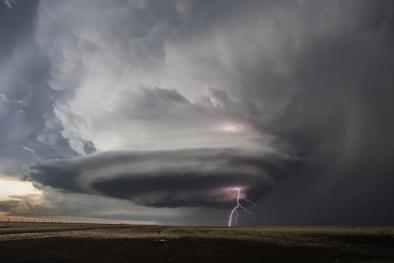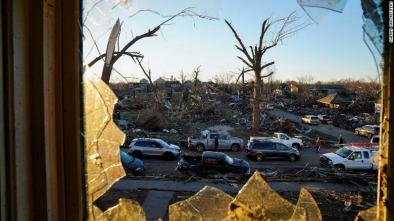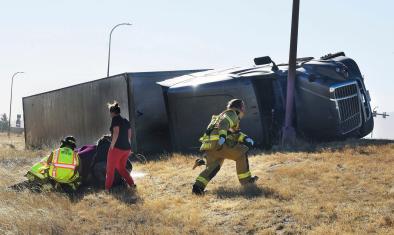Science Source
Cold-season Tornadoes: Climatological and Meteorological Insights
- States that tornadoes that occur during the cold season, defined here as November – February (NDJF), pose many societal risks, yet less attention has been given to their climatological trends and variability than their warm-season counterparts
- Develops a climatology of all (E)F1-(E)F5 NDJF tornadoes from 1953–2015 across a domain of (25-42.5°N, 75-100°W)
- Finds:
- An increasing trend in cold-season tornado occurrence across much of the southeastern U.S., with a bullseye in western Tennessee, and a decreasing trend across eastern Oklahoma
- A cyclic pattern of enhanced NDJF counts every 3-7 years, coincident with the period of ENSO
- That La Niña episodes favor enhanced NDJF counts, but a stronger relationship was found with the Arctic Oscillation (AO)
- Most-tornadic cold seasons are characterized by warm and moist conditions across the Southeast, with an anomalous mean trough across the western U.S.
Related Content
Headline

Mar 29, 2023 | Associated Press
Tornado-spawning storms may get worse due to warming
Headline

Apr 6, 2022 | Washington Post
2022 generated most March tornadoes on record in U.S.
Headline

Dec 16, 2021 | CNN
Climate change: How the crisis is affecting tornadoes
Headline

Dec 16, 2021 | The Washington Post
Historic wind storm slams central U.S., unleashes rare December tornadoes


